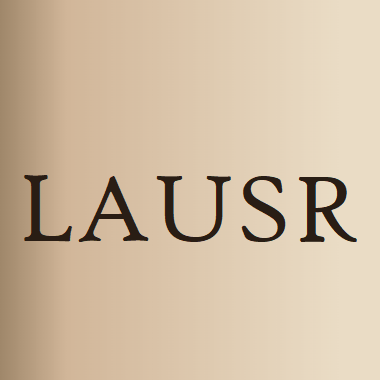
Signal transducer and activator of transcription (Stat)3 is a valid anticancer therapeutic target. We have discovered a highly potent chemotype that amplifies the Stat3-inhibitory activity of lead compounds to levels… Click to show full abstract
Signal transducer and activator of transcription (Stat)3 is a valid anticancer therapeutic target. We have discovered a highly potent chemotype that amplifies the Stat3-inhibitory activity of lead compounds to levels previously unseen. The azetidine-based compounds, including H172 (9f) and H182, irreversibly bind to Stat3 and selectively inhibit Stat3 activity (IC50 0.38-0.98 μM) over Stat1 or Stat5 (IC50 > 15.8 μM) in vitro. Mass spectrometry detected the Stat3 cysteine peptides covalently bound to the azetidine compounds, and the key residues, Cys426 and Cys468, essential for the high potency inhibition, were confirmed by site-directed mutagenesis. In triple-negative breast cancer (TNBC) models, treatment with the azetidine compounds inhibited constitutive and ligand-induced Stat3 signaling, and induced loss of viable cells and tumor cell death, compared to no effect on the induction of Janus kinase (JAK)2, Src, epidermal growth factor receptor (EGFR), and other proteins, or weak effects on cells that do not harbor aberrantly-active Stat3. H120 (8e) and H182 as a single agent inhibited growth of TNBC xenografts, and H278 (hydrochloric acid salt of H182) in combination with radiation completely blocked mouse TNBC growth and improved survival in syngeneic models. We identify potent azetidine-based, selective, irreversible Stat3 inhibitors that inhibit TNBC growth in vivo.
Journal Title: Cancer letters
Year Published: 2022
Link to full text (if available)
Share on Social Media: Sign Up to like & get
recommendations!